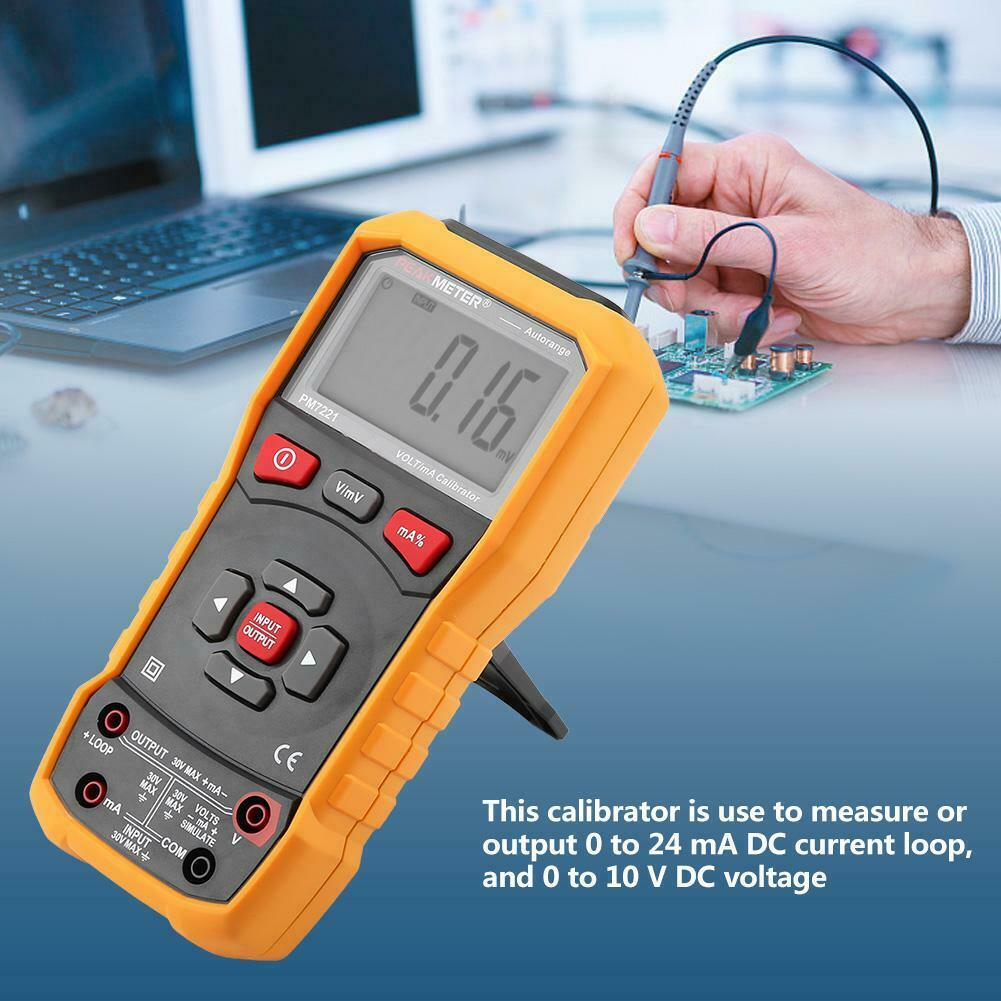A 4-20mA Signal Generator: Empowering Precision in Industrial Control Systems
A 4-20mA signal generator is an indispensable device within the realm of industrial instrumentation and control systems. Its primary function is to craft a current signal ranging from 4 to 20 milliamperes (mA). This specific current signal is the lifeblood of analog data transmission from sensors and instruments to control systems or data acquisition equipment.
Here’s a closer look at how these 4-20mA signal generators operate and why they are pivotal in the industrial landscape:
1. Signal Range: The 4-20mA signal generator boasts a versatile capability to configure the output current within a predefined range, which typically spans from 4mA to 20mA. This range effectively encapsulates the full spectrum of the analog signal.
2. Signal Value: Within the specified 4-20mA range, users have the liberty to set their desired value. For instance, one can calibrate it to produce a precise 12mA output, correlating directly to a specific data value.
3. Accuracy: These 4-20mA signal generators are esteemed for their precision. They offer meticulous control over the output current, featuring high accuracy and resolution. This precision guarantees that the generated current accurately mirrors the intended data value.
4. Calibration: Periodic calibration is a crucial maintenance step to preserve accuracy over time. Calibration entails comparing the generated current against a known reference and adjusting the 4-20mA signal generator’s settings when necessary, ensuring reliability in data transmission.
5. Output Options: Some signal generators go above and beyond by providing supplementary features. These may encompass adjustable voltage outputs or interfaces for digital communication (e.g., HART or Modbus). Such capabilities facilitate seamless integration with modern control and monitoring systems.
The enduring popularity of 4-20mA current signals in industrial settings can be attributed to several key advantages:
Noise Immunity: Unlike voltage signals, 4-20mA current signals exhibit remarkable resilience against noise and interference, rendering them ideal for long-distance data transmission.
Standardization: The 4-20mA current loop has gained universal acceptance as an industry standard. This standardization simplifies the integration of sensors and instruments from various manufacturers, fostering compatibility and interoperability.
Power and Fault Detection: Beyond data transmission, the 4-20mA current loop can also double as a diagnostic tool. A disruption in the loop, such as a broken wire or malfunctioning sensor, will result in the current plummeting to 0mA. This conspicuous drop serves as an instant indicator of an underlying issue.
In essence, 4-20mA signal generators stand as invaluable assets in the arsenal of tools for testing, fine-tuning, and troubleshooting industrial systems. They ensure the proper functioning of sensors and control equipment, as well as validate the accuracy of data transmission within a current loop. These devices find their homes in diverse industries, encompassing manufacturing, process control, and automation, serving as the bedrock for precision and reliability.
Check our our range of high quality signal generators from Auscom.


Leave a Reply